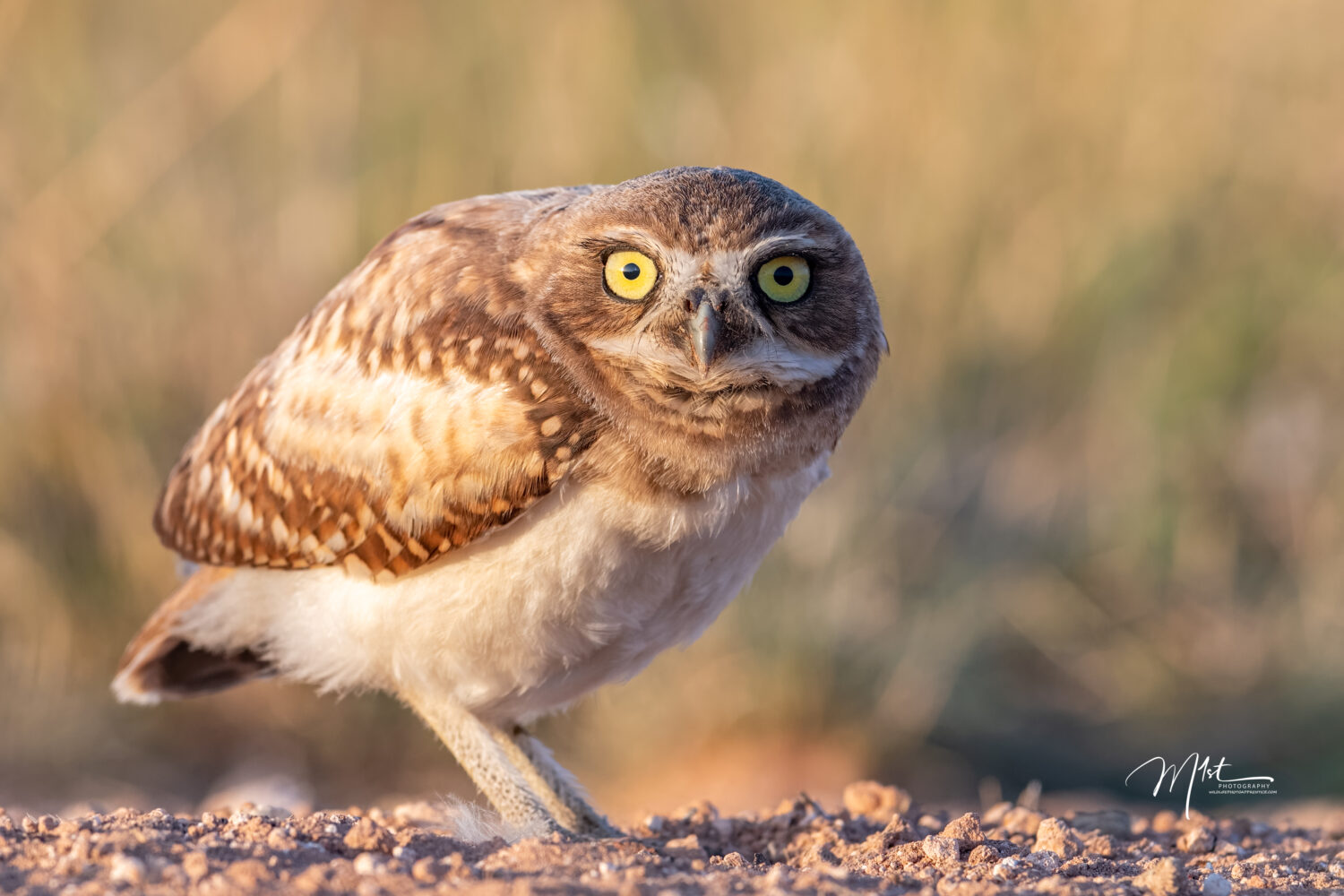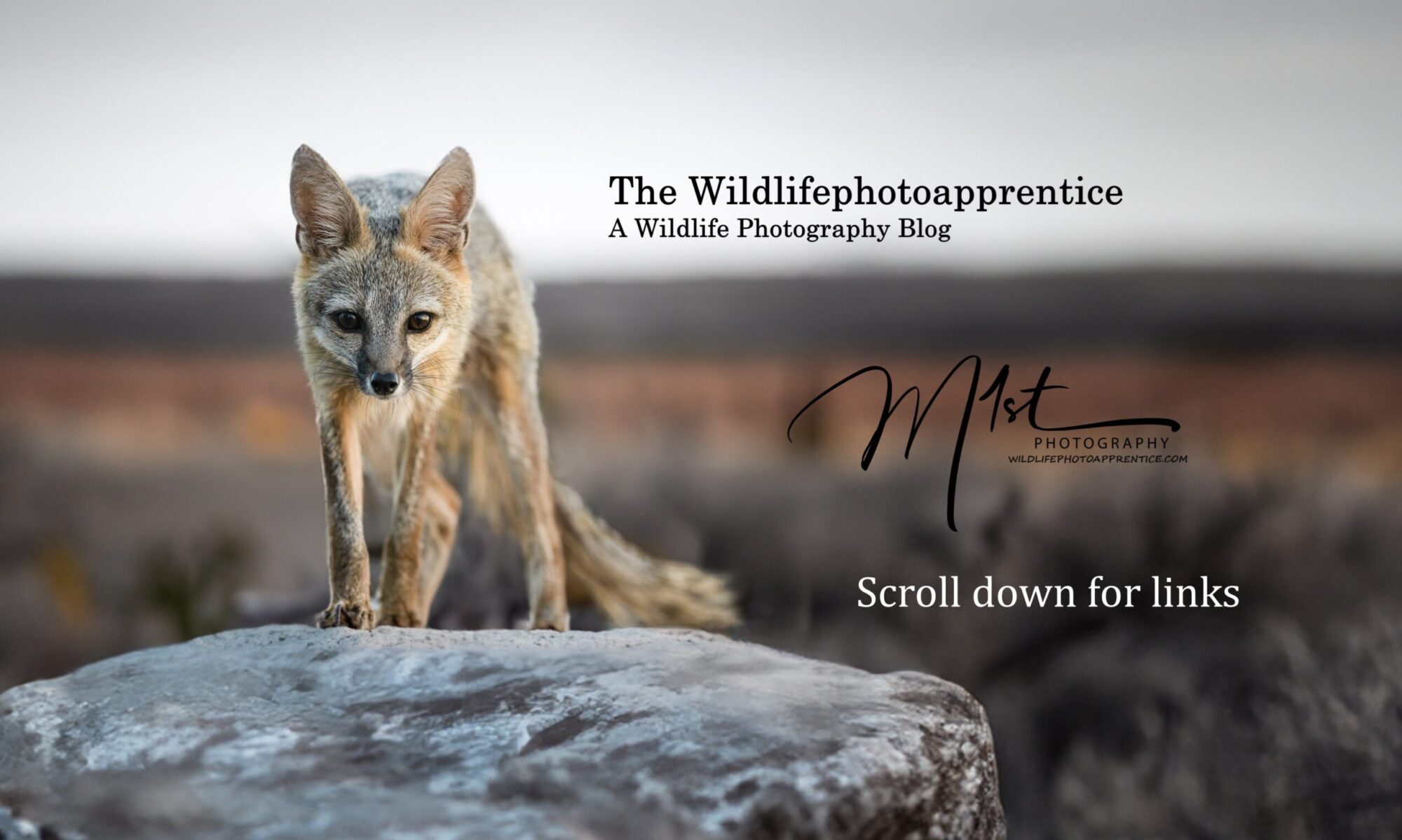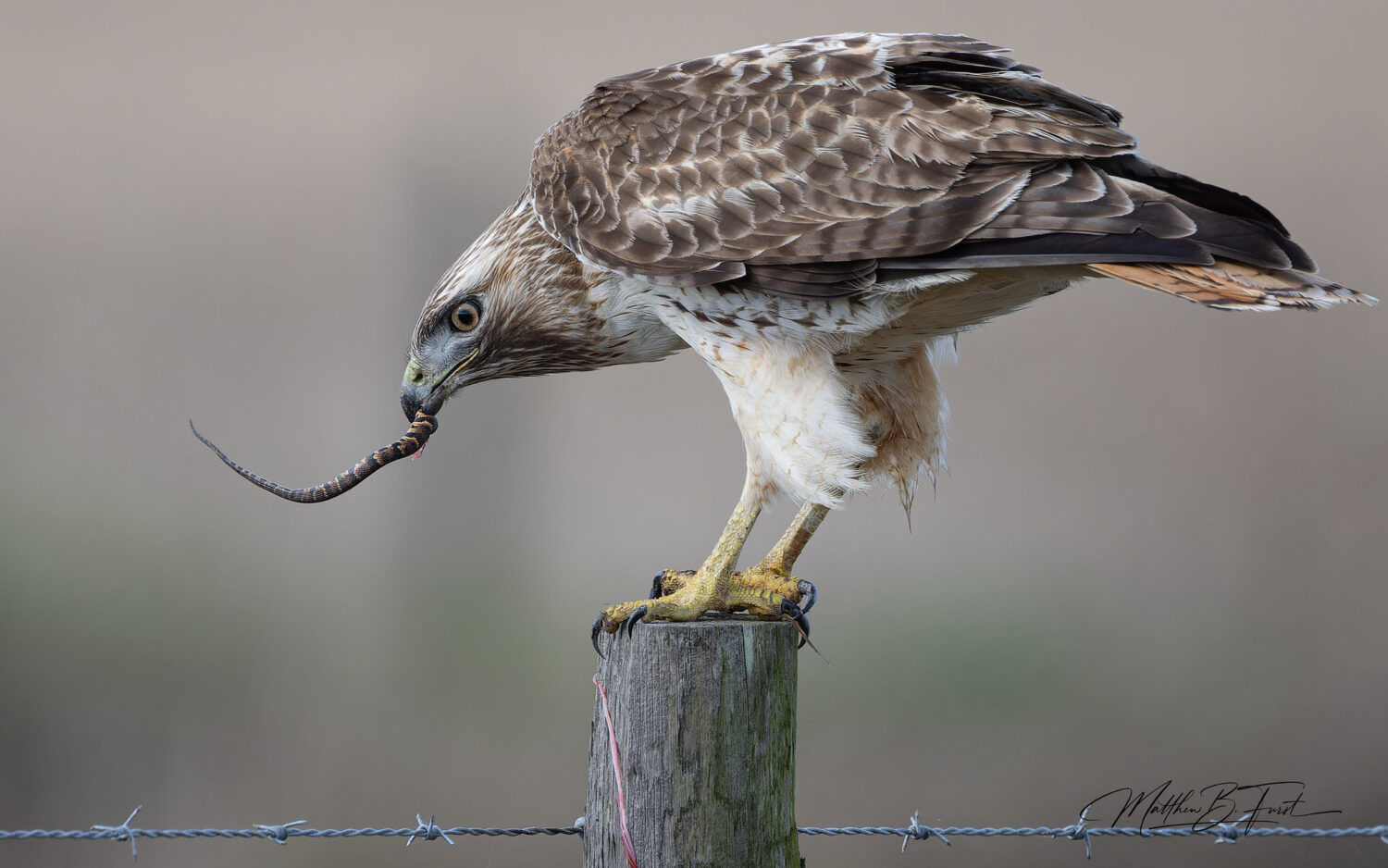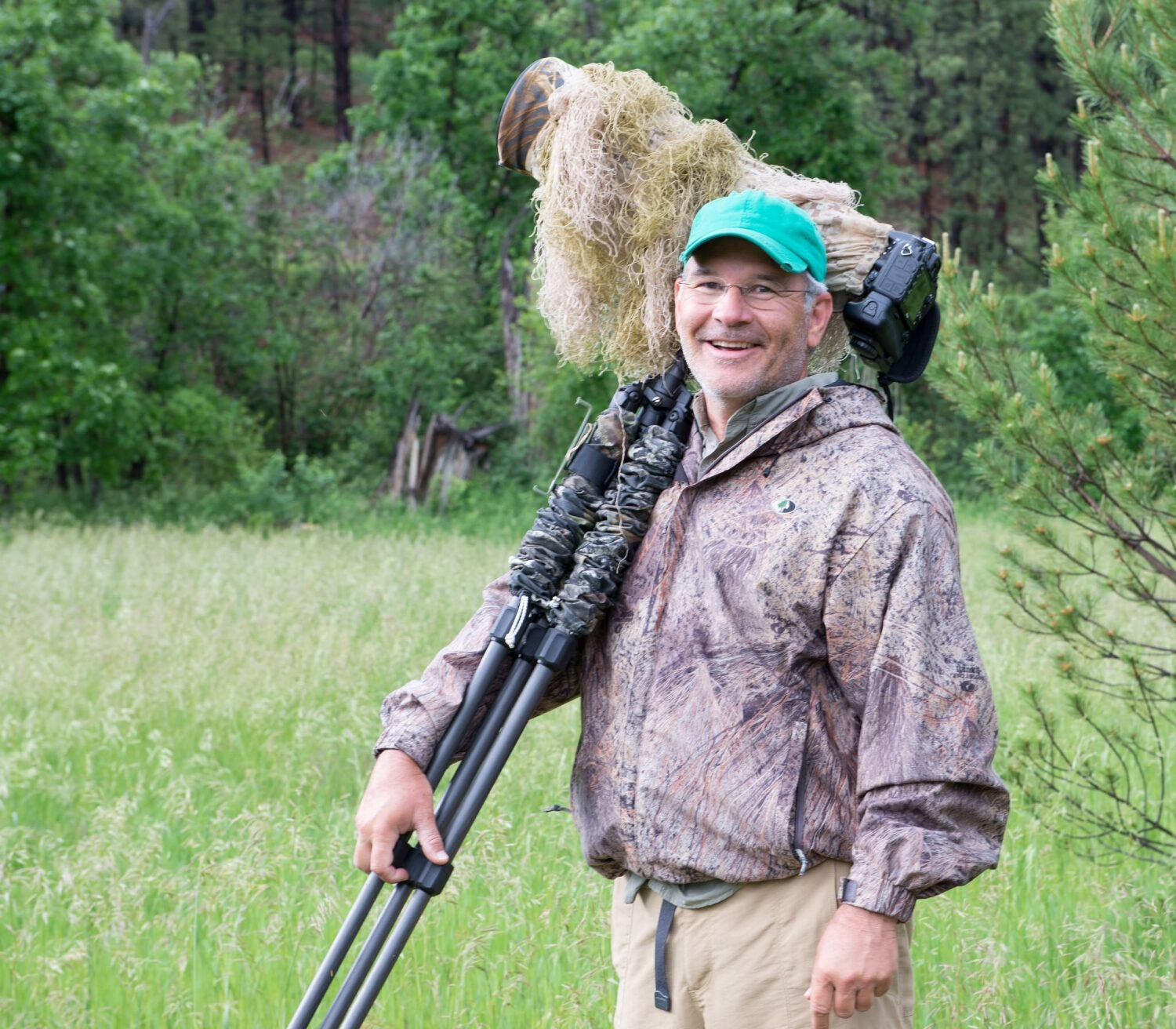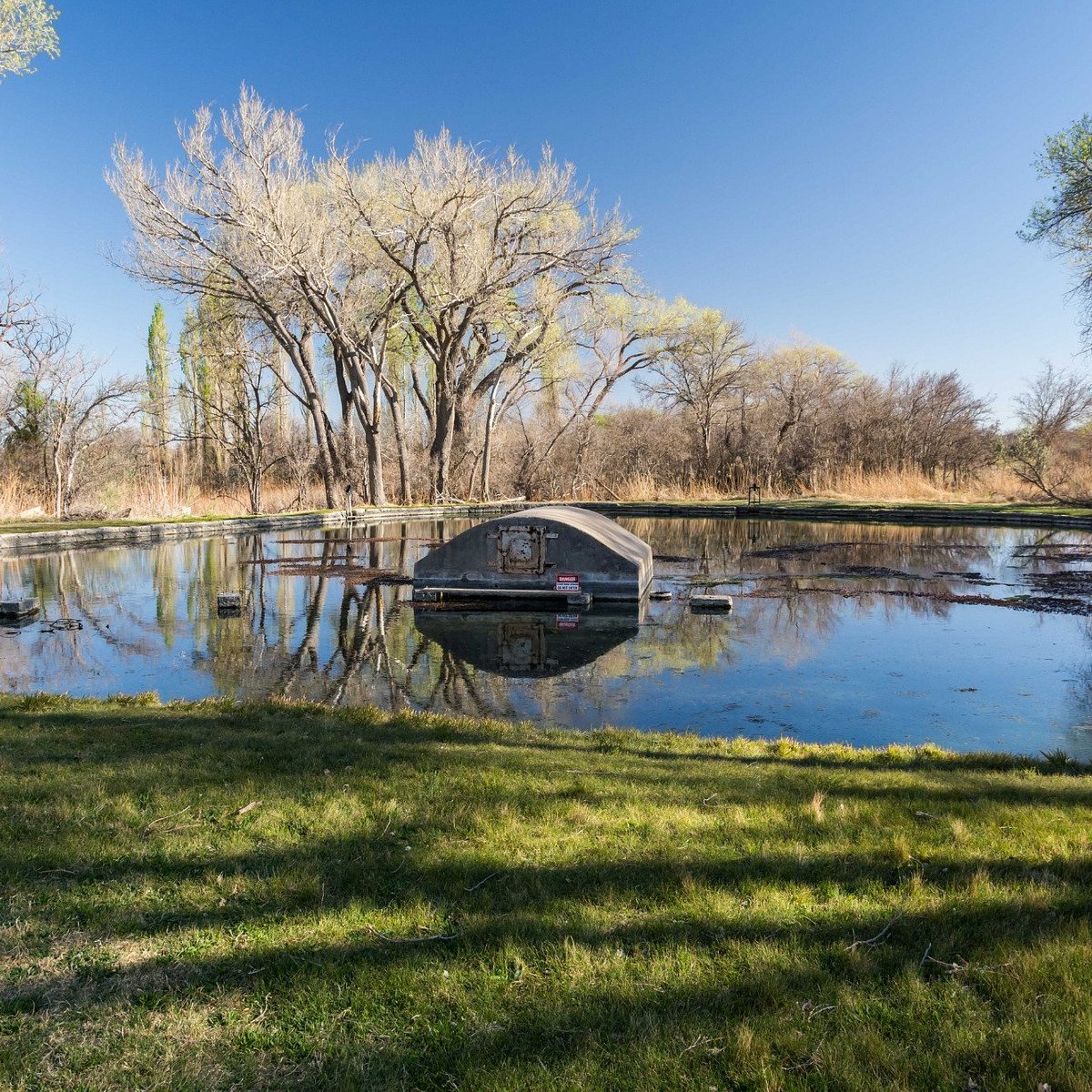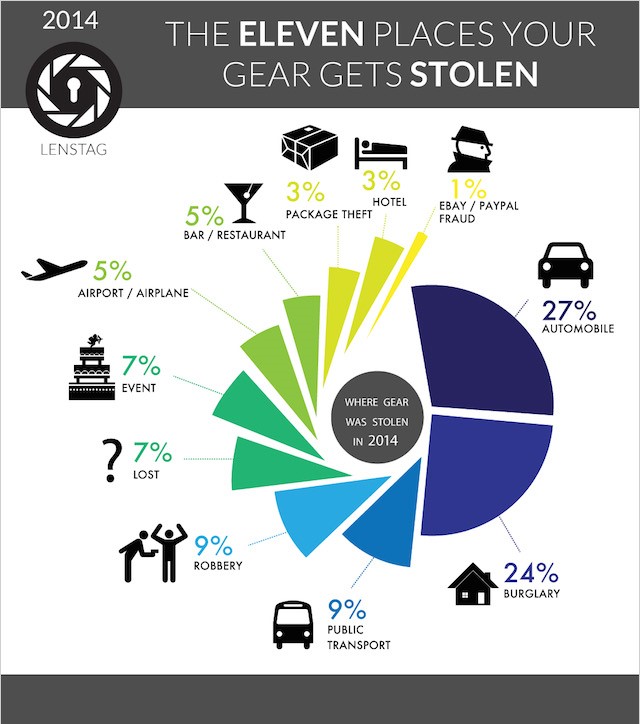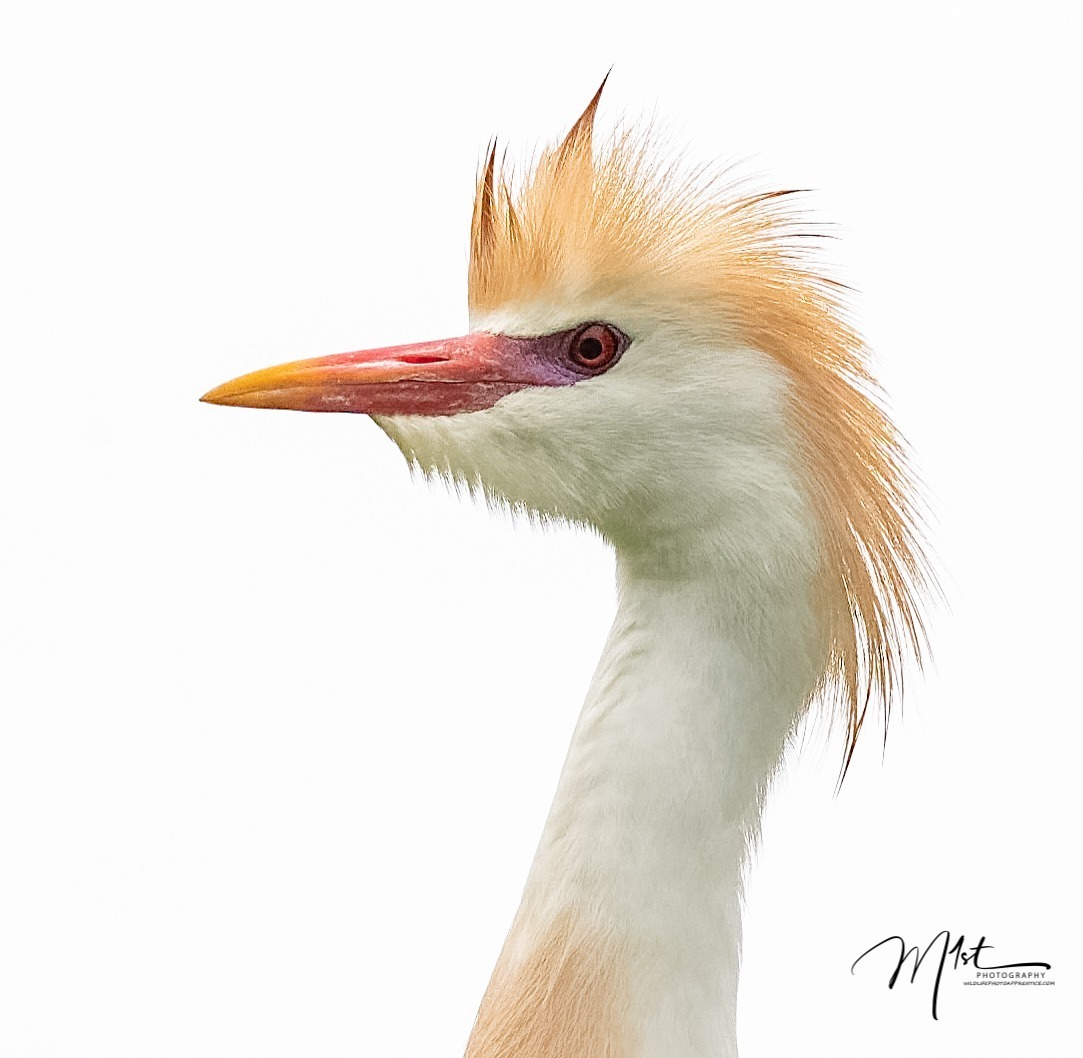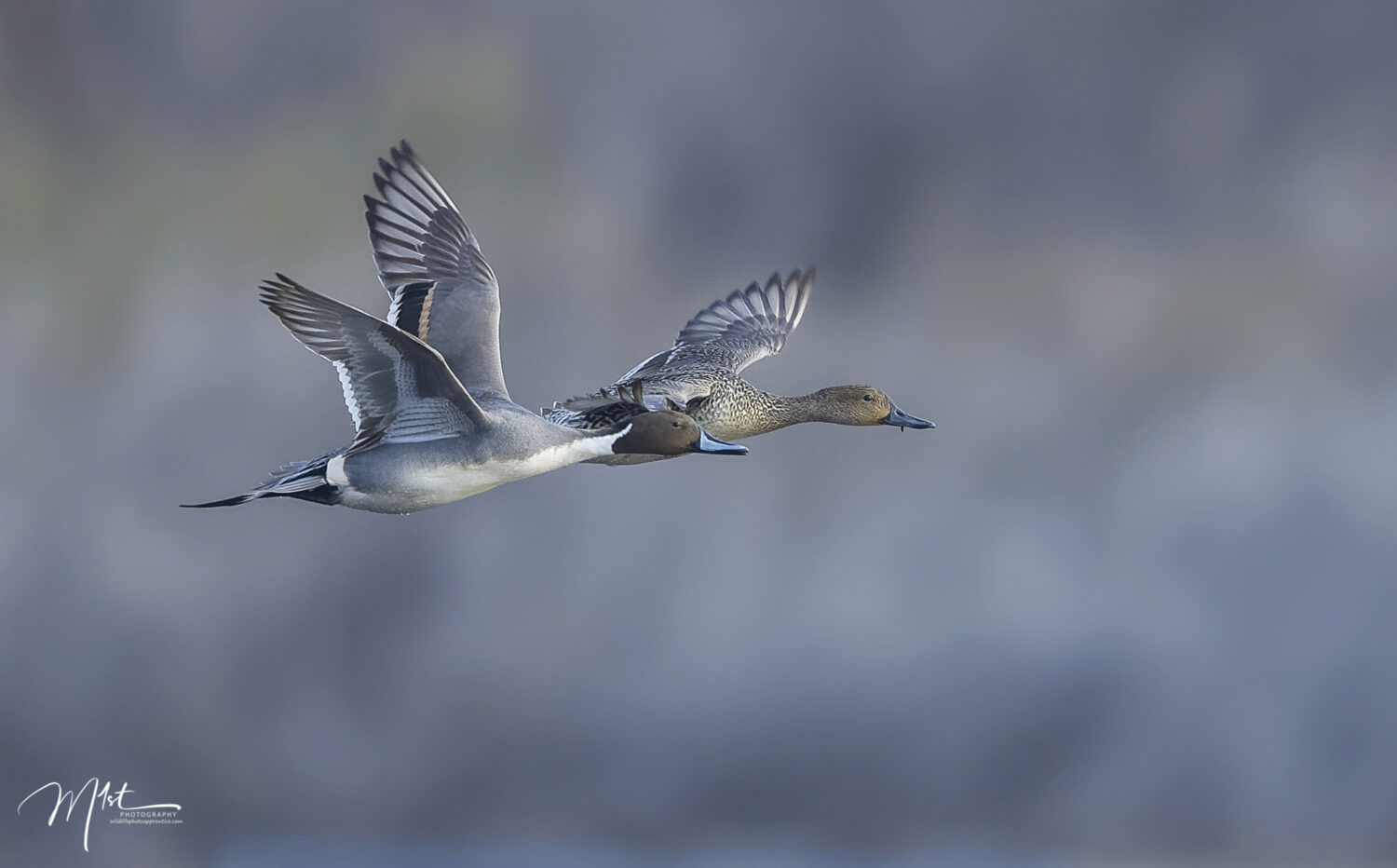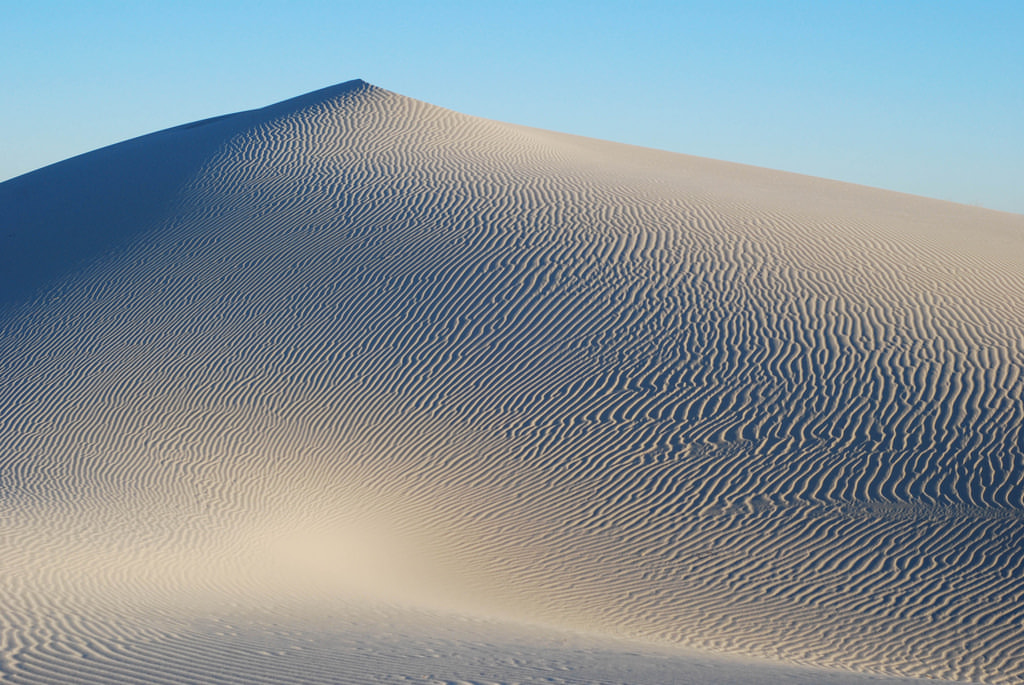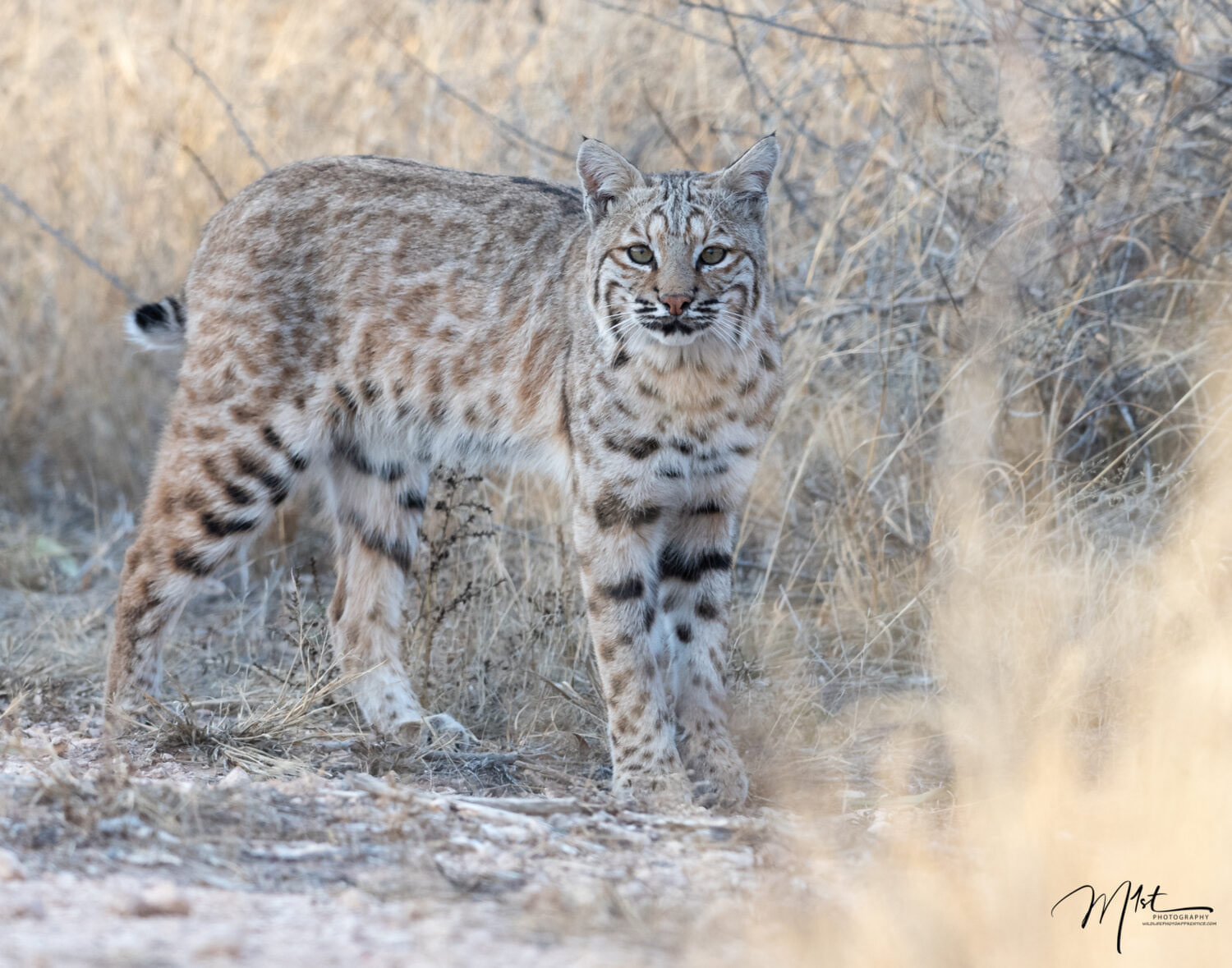Owls are captivating birds that have inspired legends and myths throughout history, and capturing their beauty through the lens of a camera is a truly unforgettable experience. With their enigmatic allure and captivating presence, owls stand as timeless subjects in the realm of wildlife photography. These nocturnal predators, adorned with velvety plumage and piercing eyes, evoke a sense of mystery and fascination that beckons photographers to capture their essence. From the silent swoop of a barn owl in flight to the intense gaze of a great horned owl perched among ancient trees, each moment spent observing these majestic birds offers a glimpse into a world both ancient and untamed. Several species of owls are present in abundance in West Texas, although finding them can be difficult. Let’s learn some things about owls that might improve our chances of locating and photographing them. With some luck, we might have an incredible opportunity to photograph one of the most fascinating and elusive creatures of the night.
